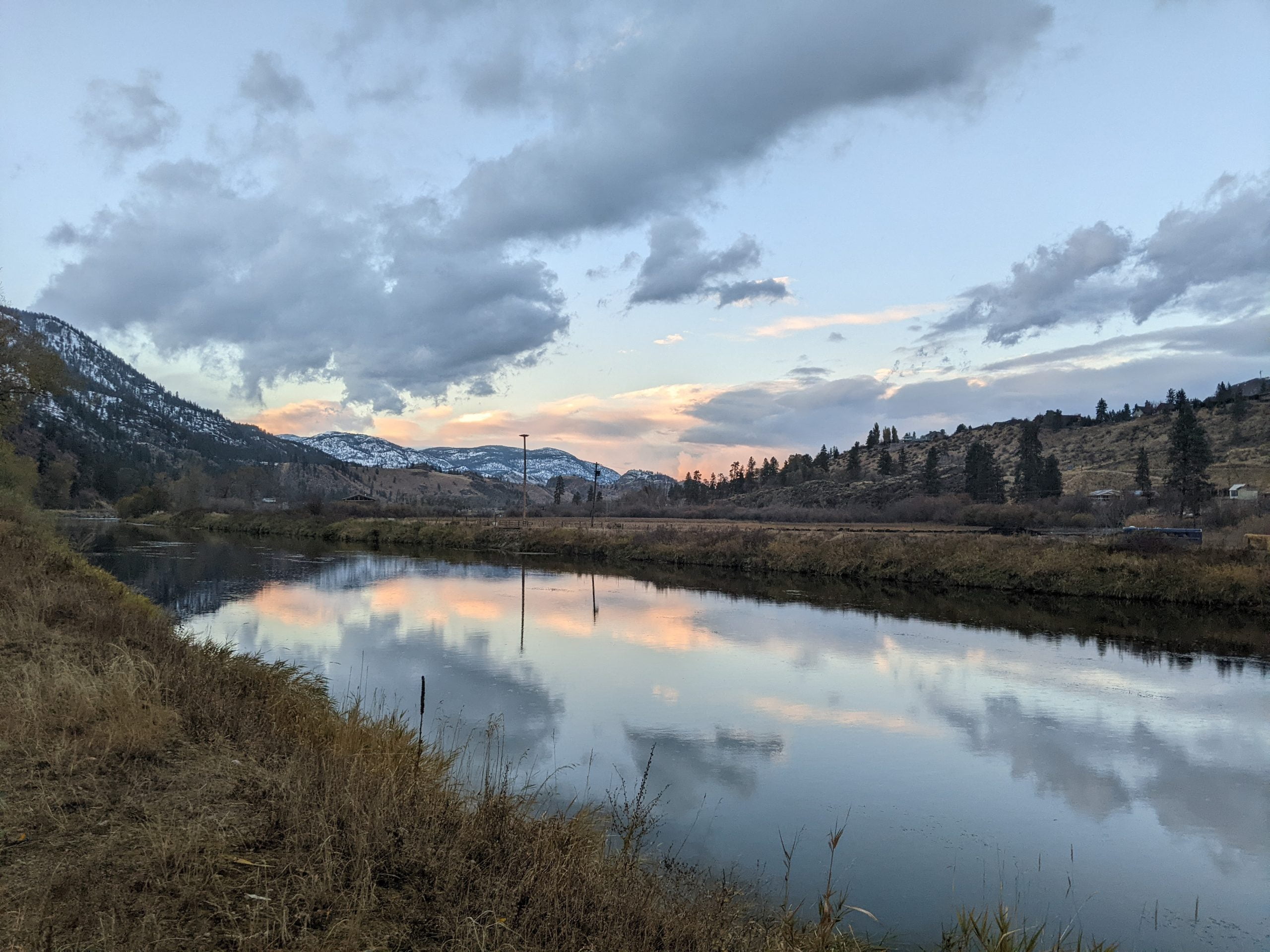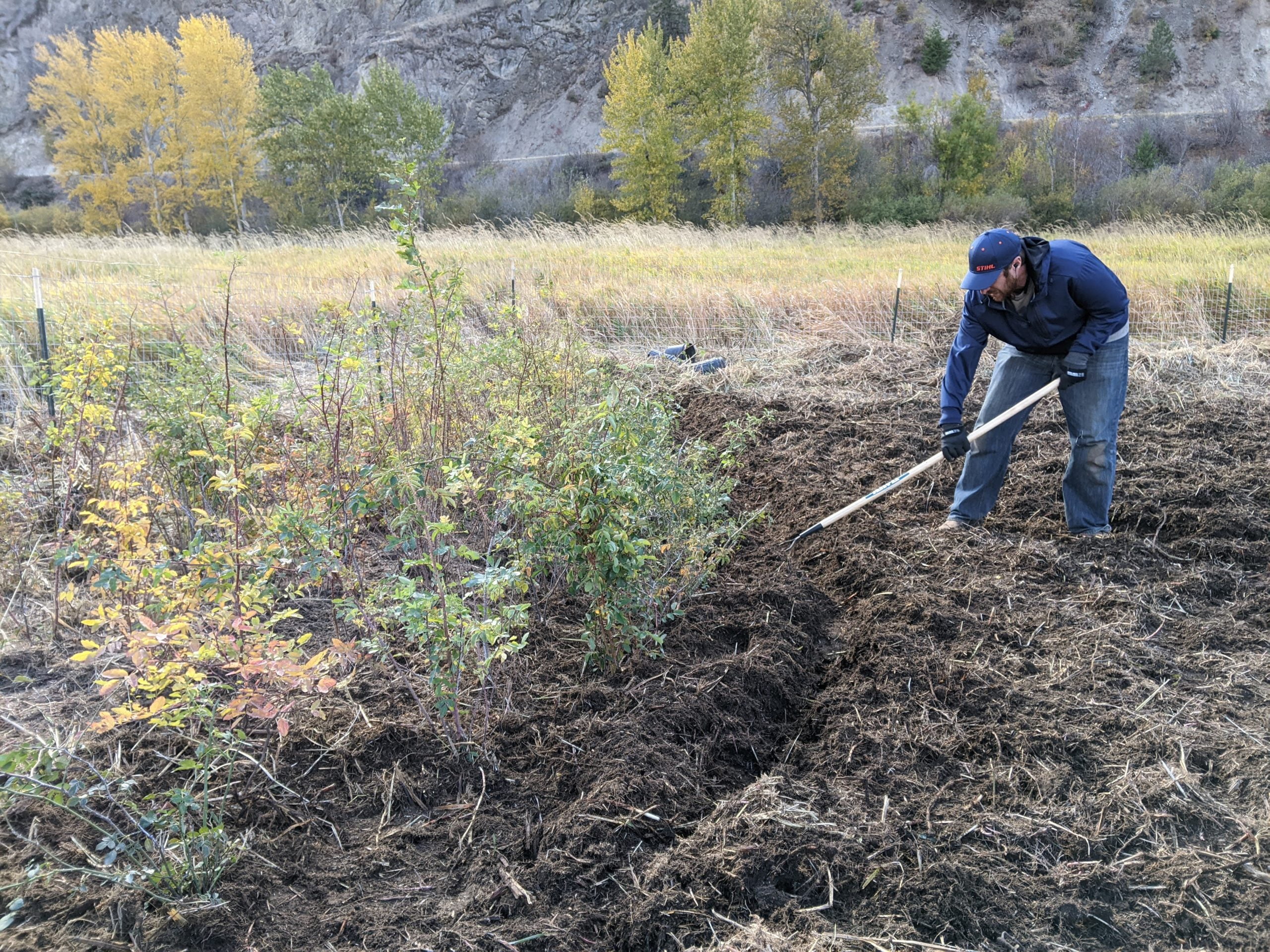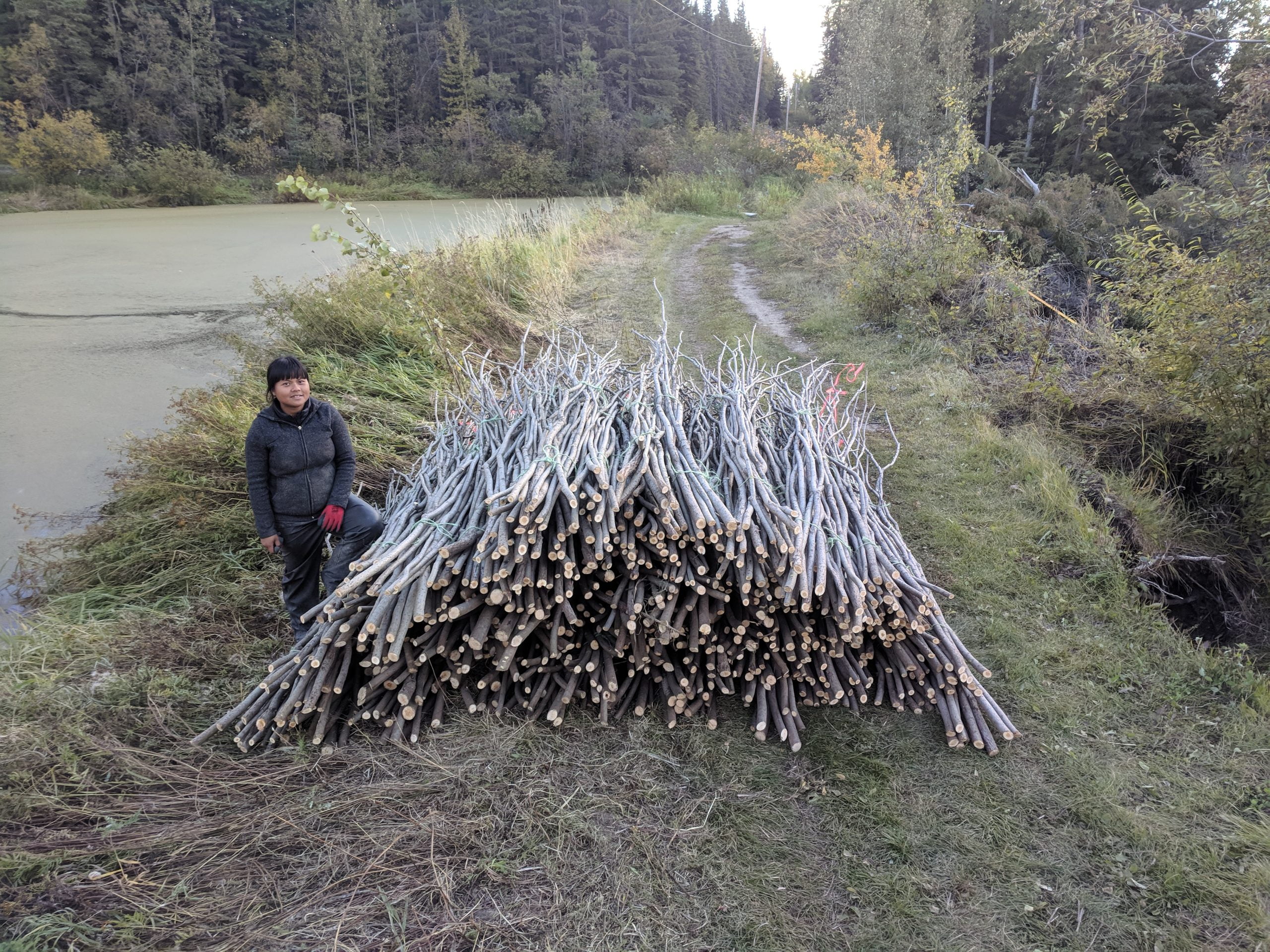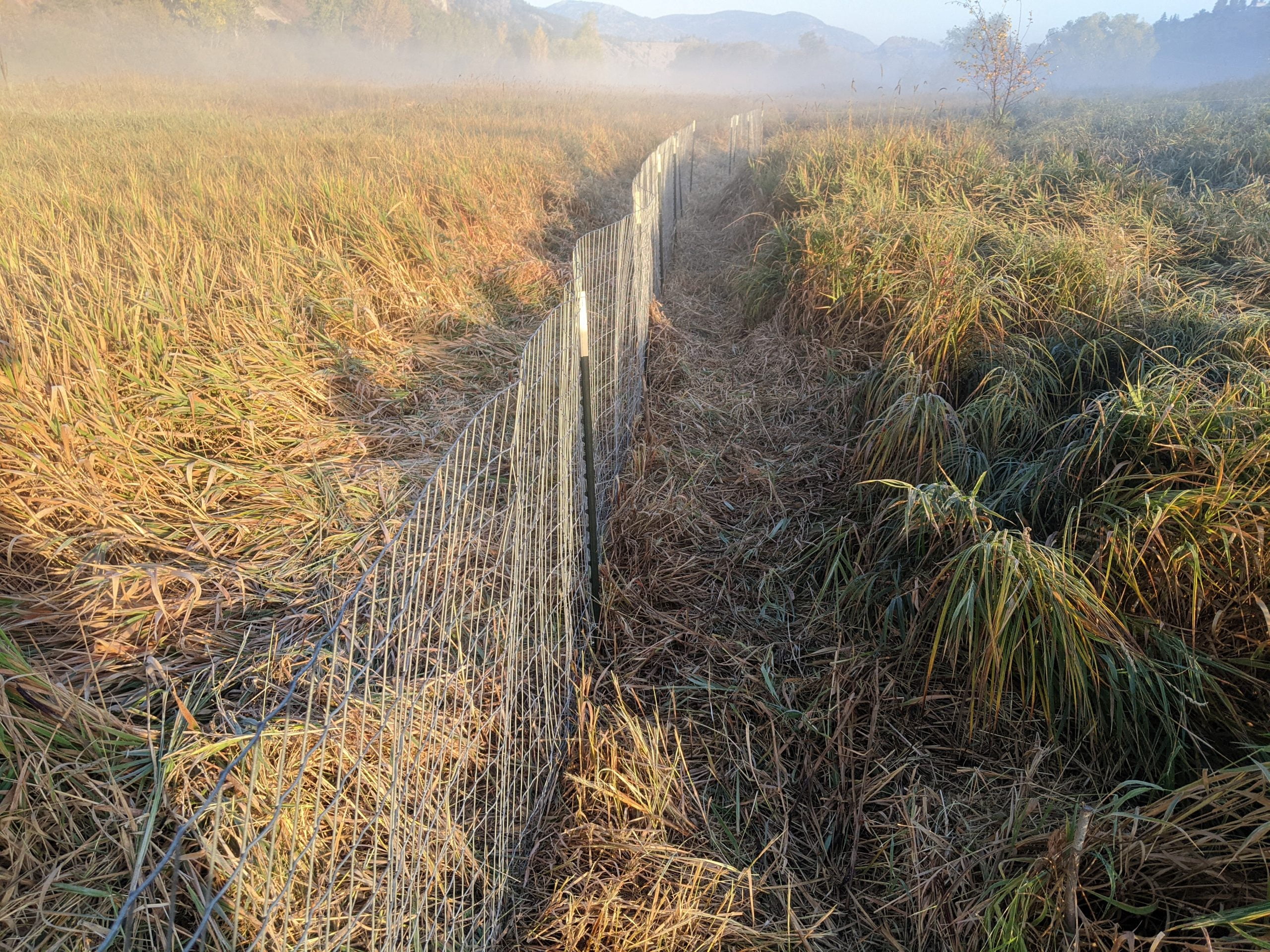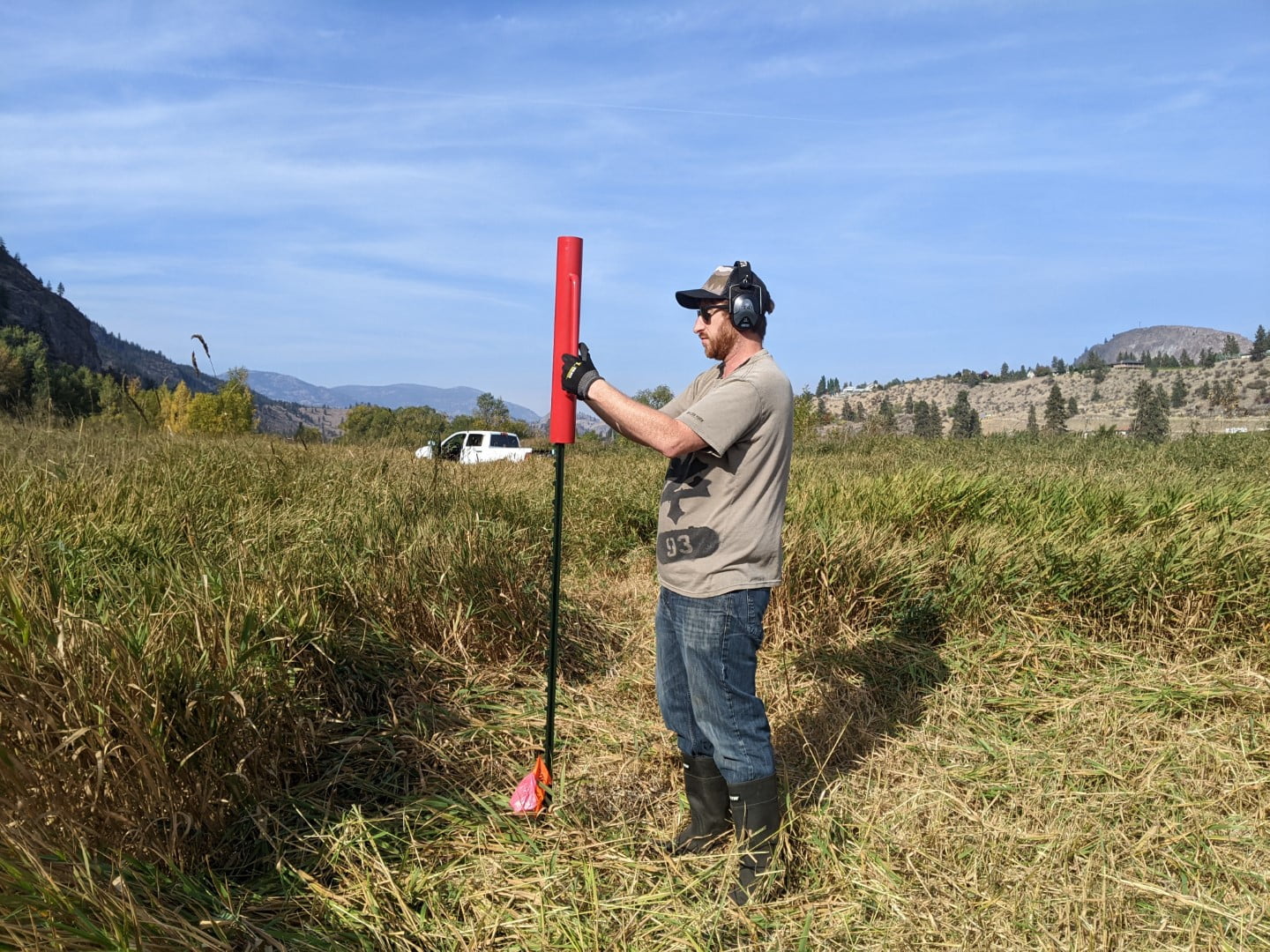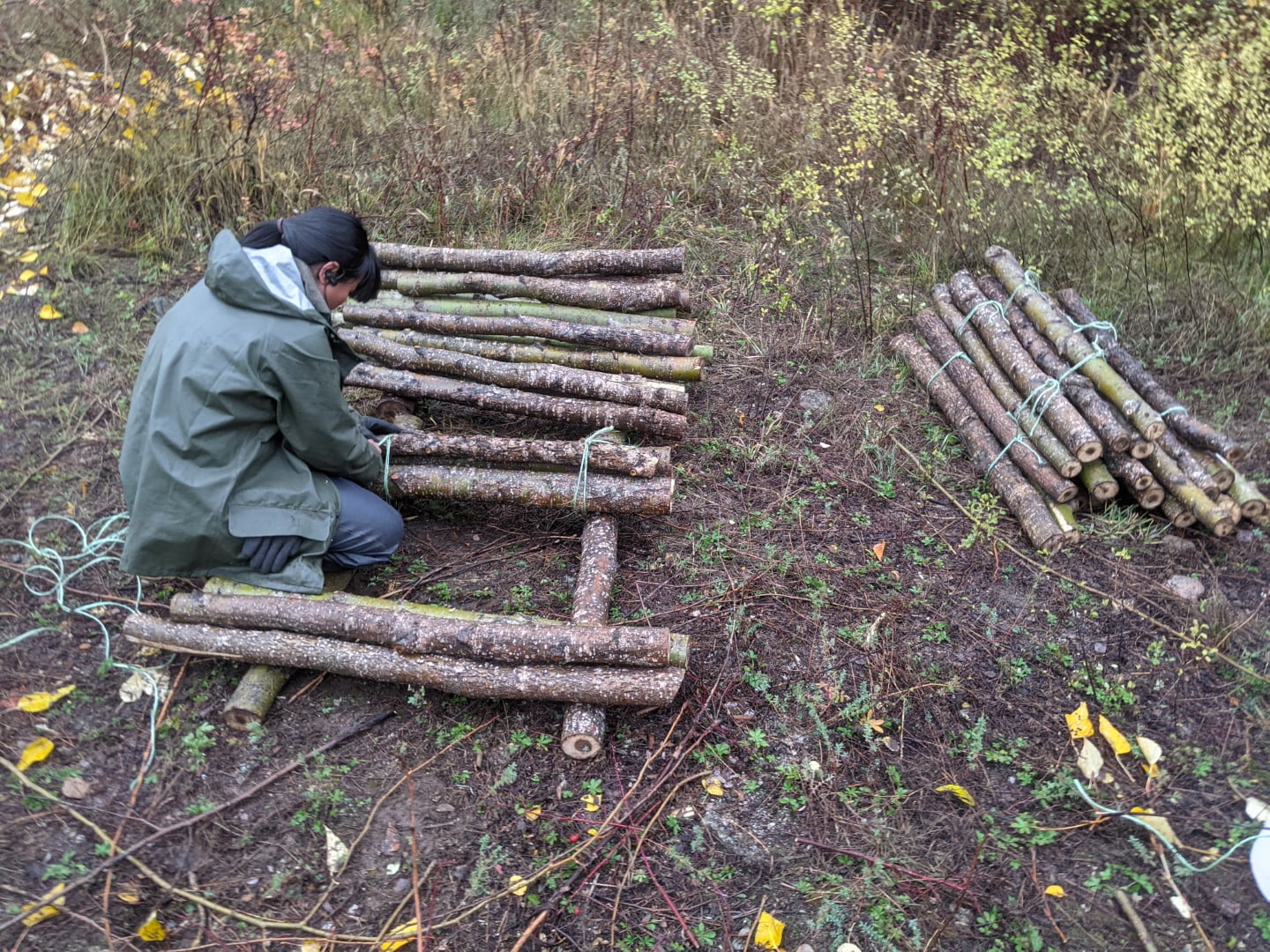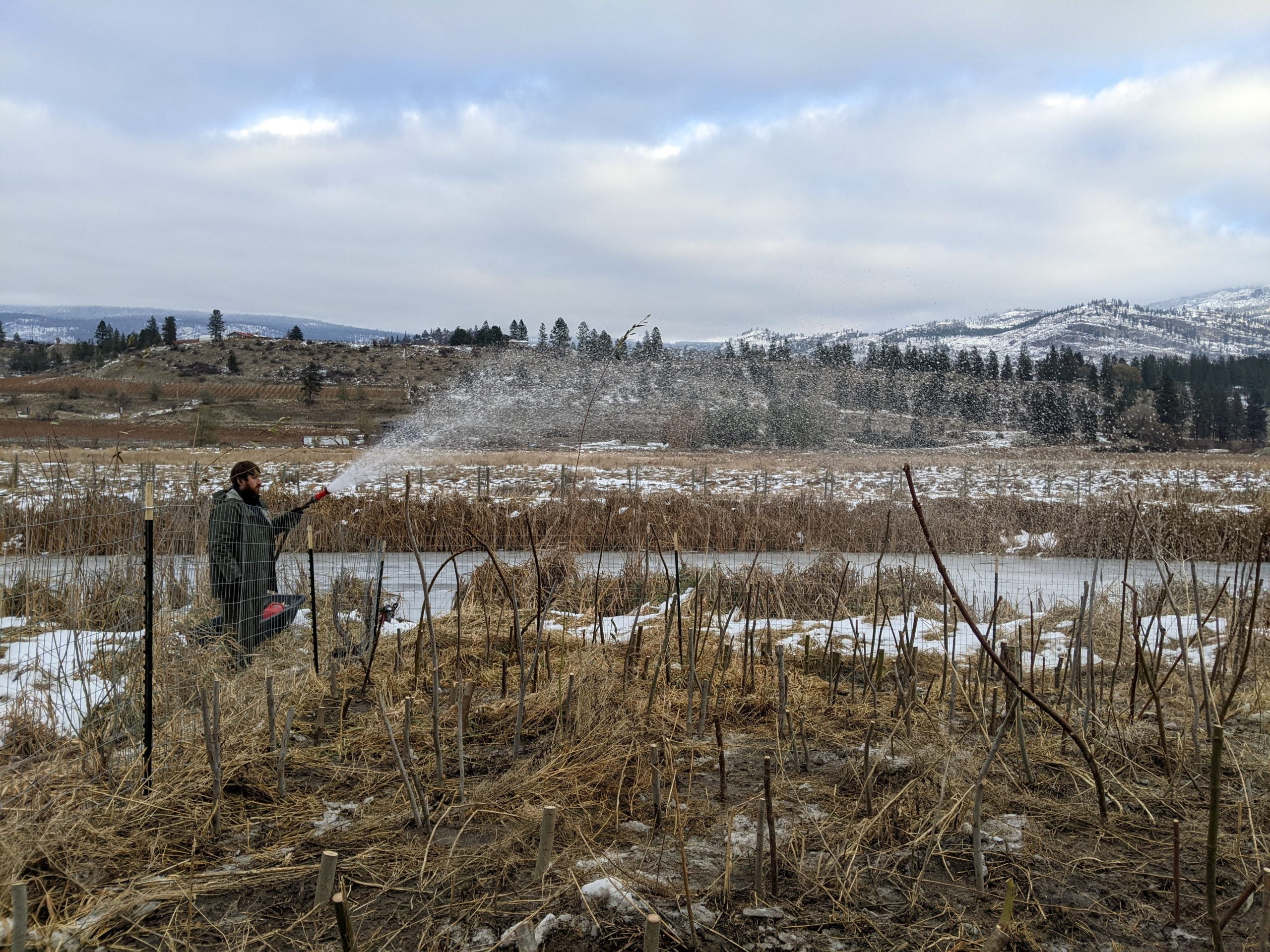Nature's solution for a sustainable future
At Polster Environmental Services, we specialize in using innovative soil bioengineering methods to stabilize steep and unstable slopes. With over 40 years of experience, we are committed to restoring land to its natural state, creating sustainable, long-lasting solutions that foster the growth of diverse and healthy ecosystems. Join us in our mission to build ecological resilience in the world.
Our Mission
Polster Environmental Services is a leading expert in soil bioengineering, a method of using living plant materials to stabilize steep and unstable slopes. With over 40 years of experience in the field, we are committed to restoring land to its natural state and creating sustainable, long-lasting solutions.
Our pioneering techniques, such as using willows, cottonwood, and red-osier dogwood, not only stabilize the problem site but also foster the growth of other species, including conifers. This creates a diverse and healthy ecosystem on the slope, which is both cheaper and longer-lasting than traditional methods such as concrete.
Live Staking
Live staking is inserting a live cutting of willow or popular into the ground. Low cost and a high success rate.
Wattle Fences
Wattle fencing is a willow retaining wall with a terraced design. Helpful in stabilizing slopes and controlling erosion.
More Methods
At Polster Environmental we have many different techniques to utilize living species to fix a wide variety of issues.

Nature’s solution for a sustainable future
Our pioneering techniques, such as using willows, cottonwood, and red-osier dogwood, not only stabilize the problem site but also foster the growth of other species, including conifers. This creates a diverse and healthy ecosystem on the slope, which is both cheaper and longer-lasting than traditional methods such as concrete.
100% Natural
At Polster Environmental Services, we have developed a wide range of soil bioengineering methods to treat common soil failures. Our experts are skilled in using techniques such as wattle fences, live reinforced earth walls, live stiles, modified brush layers, brush layers, live pole drains, live palisades, live silt fences, live bank protection, and live gravel bar staking. These methods can be used individually or in combination to solve complex problems.

